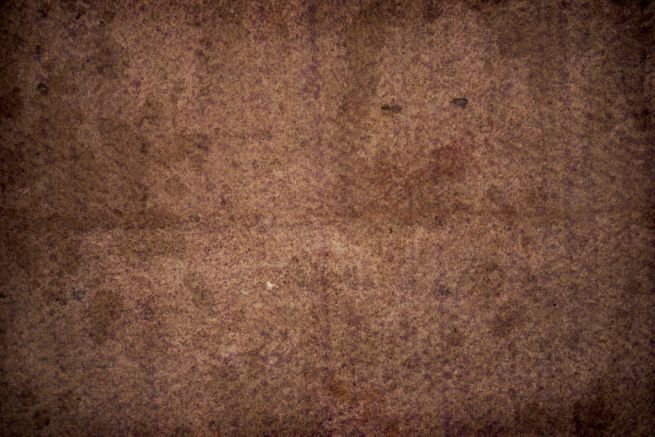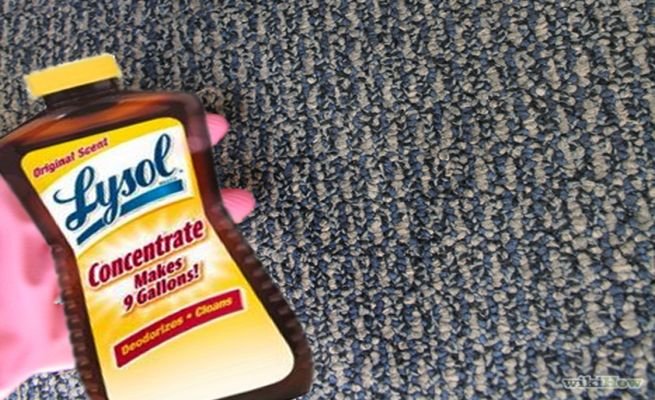
When you suspect the invasion of mold on your carpet, you should take immediate action to pacify and remove this threat. This is because mold belongs to a diverse group of collective fungal growth that can cause various health related issues.
Children are more prone to such harmful effects, with the possibility of complications like allergic reactions, eye or throat irritations and even lung related ailments.
However, as with every predicament, there is always a solution at the end of the road. Quite fortunately, the mold problem can be dealt with various simple methods and easily available materials. But before we delve into the solution side of affairs, there are some precautions you should take when starting out with the mold cleaning process –
1. Protect yourself – As we mentioned before, mold can be potentially dangerous to your health condition. So, always safely cover your mouth, eyes and hands. You can do this by using items like bandannas, goggles, cloth masks and rubber gloves.
2. Testing for mold – Before starting out with cleaning your carpet, you should also check if the mold has spread to the other parts of the house. Pay special attention to the house’s HVAC system because of its direct relation to the air you breath inside your home. As for the testing methods, there are numerous kits available in the market.
Now, we come to core of the matter on how to remove mold from your carpet. The DIY route obviously has its advantages, with the primary one being – you can do it in a much cheaper way than calling in a professional. Moreover, cleaning and removing the mold can be achieved with easily available household items.
1) Using bleach –

You should start by spraying your carpet or mat with a bleach powder. The chemical effectiveness of the bleach partly results from the reaction of sodium hypochlorite on microbes.
You can keep the bleach on for around 5 hours or more (depending upon the stain on your carpet). However, make sure your room is well ventilated during the bleaching session. After the time period, wash off the carpet and then dry it.
Tip – If you are using a bleaching solution (instead of powder), try to remove the moisture from the carpet after you have sprayed the solution. For this – let the solution set for around 20 minutes, and then vacuum the carpet surface.
2) Using baking soda –

This method is akin to bleaching, with baking soda exhibiting similar properties and reaction to fungal growths in your carpet or mat. You can manually spray the baking soda (in its powered form) directly over the carpet surface. After some time, comprehensively wash the carpet, either in a machine or by hand washing.
3) Using Lysol or another similar product –

A solution of one cup of Lysol or another similar product and a bucket of water might also do the mold cleaning trick. Once again, spray and let the solution set for around 20 minutes on the carpet surface.
Then revert to vacuuming the surface to avoid any retention of moisture. After this, open your room windows and switch on the fans and dehumidifier (if you have one). This should quicken the drying process, while also keeping the environment moisture-free.
Conclusion –
In any case, remember that more moisture can attract more mold. So, as a preventive measure, you should try to vacuum clean your carpet and mats at least once every week. And, also when it comes to maintaining your floor covers, hand washing is a preferable option to machine washing. This is because, heavy duty machine washing sessions can destroy the soft fabric constituents of the carpet.



